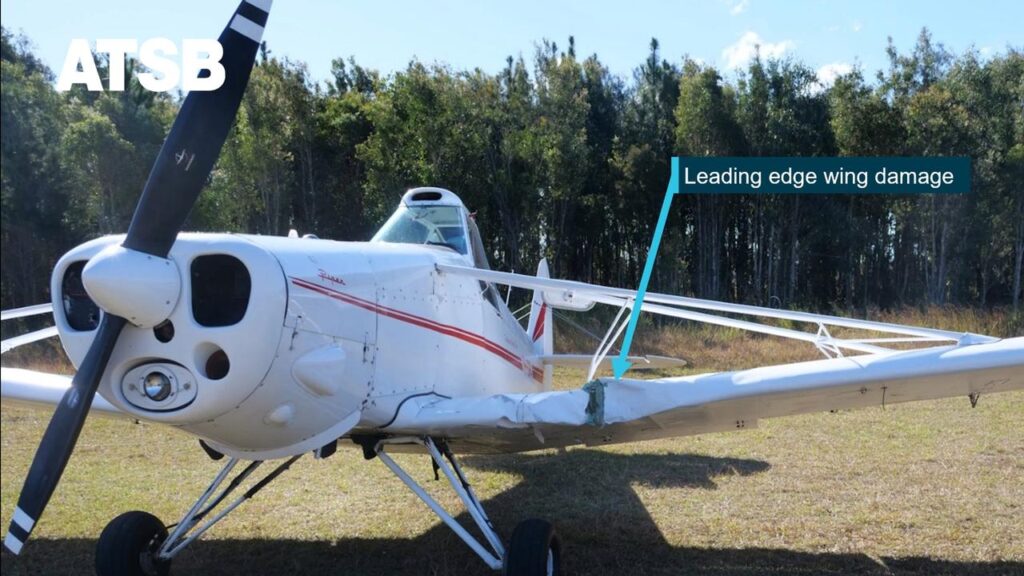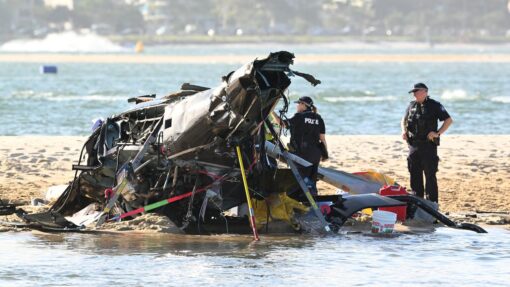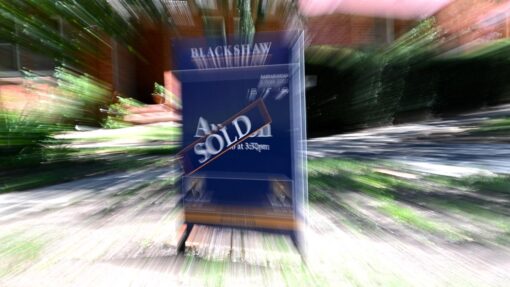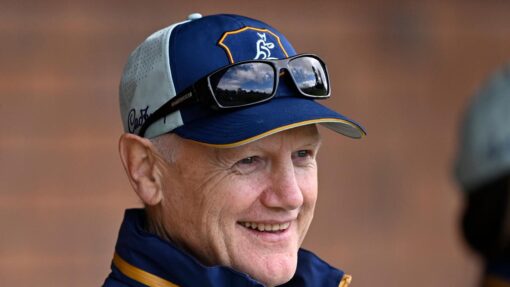Fatal aircraft crash due to radio, visibility failures
Savannah Meacham |

Radio call failures and blocked visibility on two runways likely contributed to a mid-air light plane collision that killed two people, an aviation report has found.
Former commercial pilot David Maddern and his wife Jan, both in their 60s, were killed when their Jabiru J430 collided midair with a Piper Pawnee glider tug aircraft on Queensland’s Sunshine Coast in July 2023.
The final Australian Transport Safety Bureau report found Mr Maddern’s aircraft was unable to receive or transmit radio calls and trees blocked the view between two runways, saying it likely contributed to the crash.

On the fateful morning, the Pawnee aircraft was returning to land at the non-controlled Caboolture aerodrome while Mr Maddern was preparing to depart from an intersecting runway.
Pilots at Caboolture rely on making radio calls and visual cues – commonly called “alerted see-and-avoid” – to prevent crashes, safety bureau Chief Commissioner Angus Mitchell said.
The Pawnee was due to touch down but then a Cessna 172, piloted by a solo student, crossed the runway and was unaware of the other aircraft.
This led the Pawnee to abort the landing by applying power to begin climbing back into the air while radioing other pilots about the decision.
But at the same time, Mr Maddern’s aircraft lifted off from the intersecting runway.
Mr Maddern started a left turn trying to avoid the Pawnee but the two aircraft collided at 130 feet, the ATSB found.
The Jabiru plunged to the ground, killing Mr Maddern and his wife Jan.
The Pawnee remained flyable despite damage to its left wing and was landed safely by the uninjured pilot.
The ATSB investigation found the Pawnee pilot had made multiple radio calls about their intention to land and the decision to abort but did not hear any from Mr Maddern.
“Based on the Jabiru pilot’s apparent unawareness of the Pawnee until just before the collision, and most witnesses not recalling hearing any calls from the Jabiru throughout the event, it is likely that the Jabiru pilot could not transmit or hear radio calls,” Mr Mitchell said.
“Because of this, and a stand of trees between the intersecting runways that blocked visibility between them, neither pilot was aware of the other aircraft.”
The ATSB ruled the aerodrome operator did not effectively manage or inform pilots about the risk of the trees or buildings on the runway that could impact visibility.
Since the crash, the aerodrome has prohibited simultaneous runway operations and mandated take-off radio calls.
The investigation also found that the regulatory guidance that pilots relied on when using non-controlled aerodromes did not clearly define what an “active runway” was.
The chief regulator, the Civil Aviation Safety Authority, has decided to remove all references to the term “active runway” to prevent confusion.
Mr Mitchell said the tragic accident highlights the risk of “see-and-avoid” strategies to prevent crashes.
He urged pilots to mitigate the risks of the strategy by using two-way radio calls but also being mindful that communication can be missed or misinterpreted.
AAP


